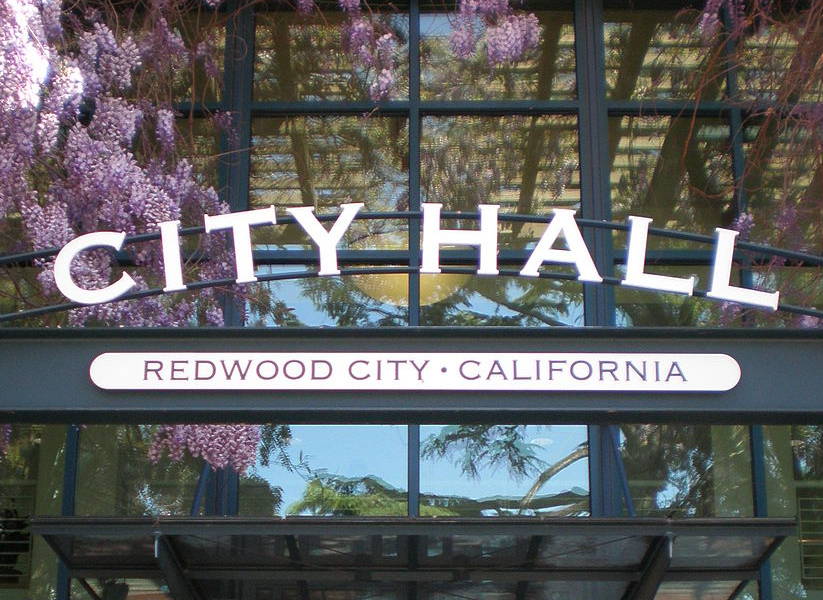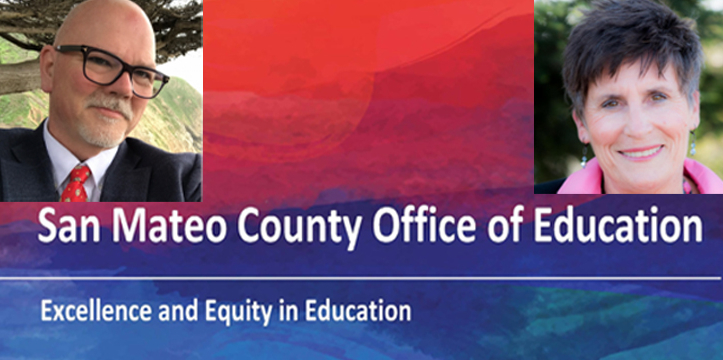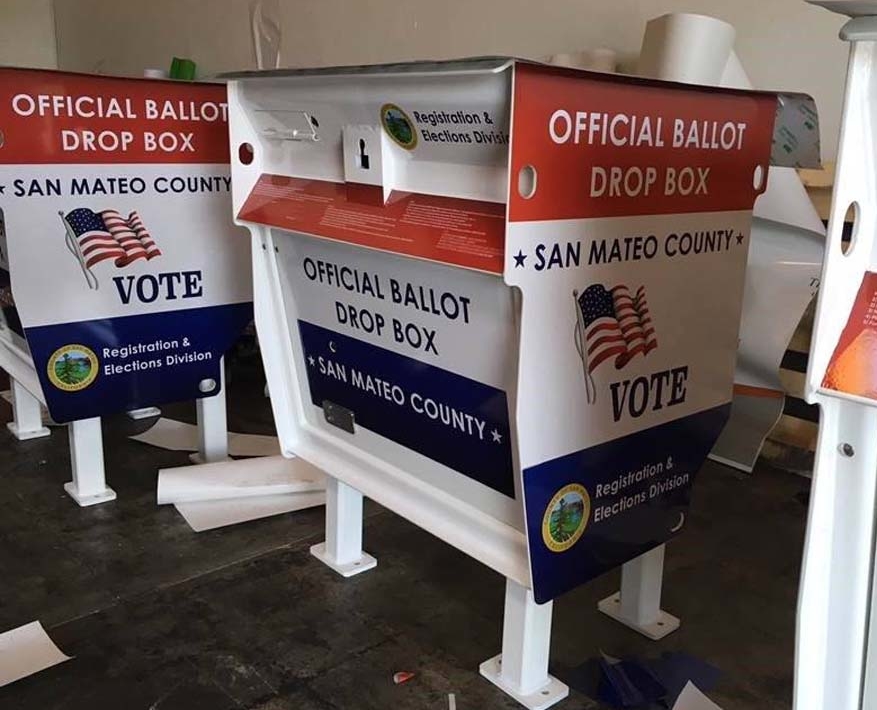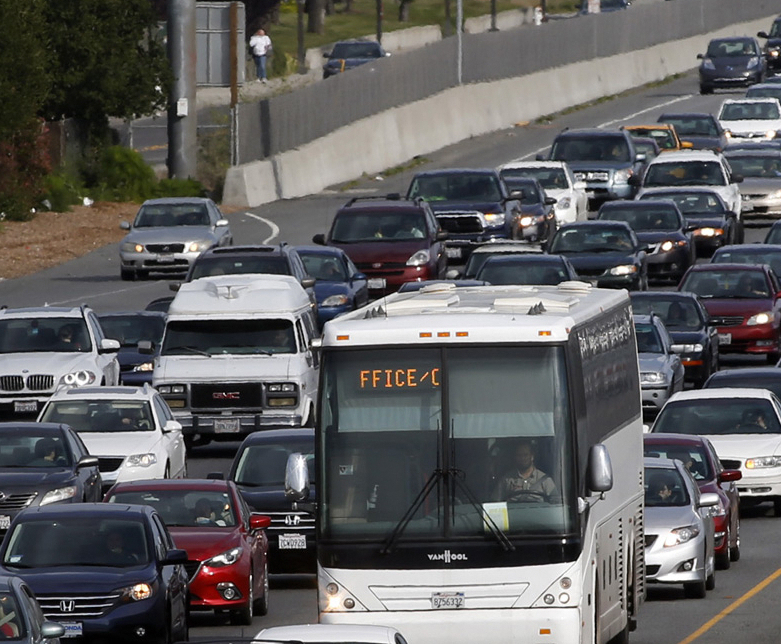Political Climate with Mark Simon: Redwood City’s budget woes are real

We are at a point, it seems and to paraphrase Isaac Newton, that for every action, there is an opposite and cynical reaction.
No sooner did Redwood City mail out a report detailing the city’s fiscal woes, then it was labeled by critics as an expensive marketing piece, the implication, if not outright assertion, being that the city wasted public funds to tout an eventual sales tax measure.
For the sake of the permanent record, the “expensive” piece cost $16,000 to produce and mail to all 38,500 households in Redwood City, according to City Manager Melissa Stevenson Diaz.
That works out to 41.5 cents per household.
Not that actual information carries anywhere near the force of an opinion. Those intent on viewing any action by city government with suspicion cannot be deterred, unencumbered, as they often are, by what we used to call facts.
It’s quite likely that had the city proceeded with budget cuts and tax proposals and skipped the mailer, the same critics would have protested that there was too little communication to residents.
The mail piece is an understandable attempt by the city to inform its residents of some unpleasant choices ahead – millions of dollars in budget cuts and fee increases, or a possible sales tax increase to cover the shortfall.
Every city in California is facing the same problem as Redwood City in the form of pension obligations that exceed anyone’s expectations.
Widely disclosed investment losses and overly optimistic predictions of investment gains by the California Public Employees’ Retirement System (CalPERS) has forced cities to account for drastic increases in pension costs for retirees now and in the future.
This is not a function of mismanagement by the cities, but by the wizards of CalPERS, who were able to overestimate the longest sustained economic boom in recent American history. Where everybody else worried the boom might end one of these days, CalPERS saw only more good times.
For Redwood City, that means $12 million a year in additional costs for the next five years.
Public employee pensions are an ever-growing weight on city budgets, but they are also a promise made to current and past employees that cannot be dismissed or diminished. At that, current employees are working under a new system where they make a significant contribution to their retirement plans.
It’s not the same as the 100 percent private sector employees typically pay, but the days are gone of public employee pensions that are 100 percent funded by government. In the interests of full disclosure, I retired last year from public employment and receive a CalPERS pension.
The mail piece lays out the problem in a pretty straightforward manner and then provides a means by which residents can vote on a series of unappetizing cuts to the budget. The problem is that public safety makes up 60 percent of the city budget, park and recreation nearly 15 percent, the public libraries 7.5 percent and community planning and development another 7.3 percent.
Meanwhile, in a June 11 budget presentation to the City Council, Diaz offered $3 million in immediate cuts for the 2018-19 budget, including $1.2 million from the Police Department, $820,000 from the Fire Department, $487,000 from Parks and Recreation and $310,000 for Community Development, where, it should be noted, approvals of housing will be processed.
She held off eliminating positions for now, while the council considers its options, the most prominent being a half-cent sales tax on the November ballot.
That would generate about $8 million a year in new revenues and “none of (the cuts) would be on the table,” Diaz said.
What Redwood City is doing has been done or will have to be done at every other city government in the state.
Of course, the ever-eager cynic would say essential services are being held hostage to a greedy city staff intent on getting more money from taxpayers.
It’s an assertion that resonates in these unusually bitter times. Remember, then-candidate and eventual Gov. Arnold Schwarzenegger was elected having promised he would eliminate “waste, fraud and corruption.”
Unfortunately, he discovered there was no Department of Fraud he could simply slice from the budget. When he was done with his second term, state government actually was larger than when he started.
Similarly, there is no easy and obvious place to cut a city budget. What’s left is stuff most of us think cities actually ought to do.
It is said people get the government they deserve. It’s hard to stand by that remark, given some of the government we’re getting at the national level these days. A case could be made no one deserves that. Or, as another saying goes, even the wicked get worse than they deserve.
In either case, it is certainly safe to say people get the government they’re willing to pay for.
Contact Mark Simon at mark@climaterwc.com.
*The opinions expressed in this column are the author’s own and do not necessarily reflect the views of Climate Online.






